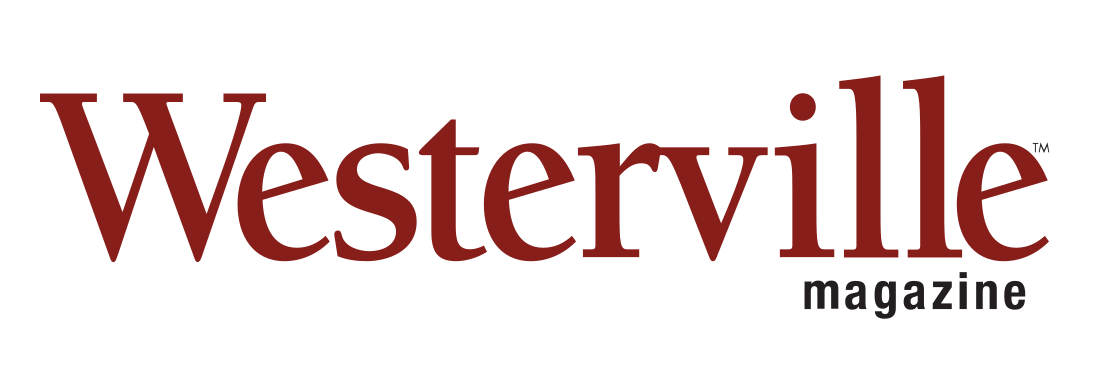
When its three new Riverboxes are unveiled this month, the Dublin Arts Council will be offering a boost to the environment as well as to the aesthetic enjoyment of visitors.
The artistic Riverboxes are already popular targets for geocaching, the use of GPS coordinates to find hidden items and locations. As of the Aug. 16 launch of Riverboxes: emerging, they will become part of Geocaching.com’s Cache In, Trash Out program.
Since the 2007 launch of the program, each Riverbox has been created by a professional artist, with themes including history, culture, environmentalism and ecology. They can be found via geocaching or by letterboxing, which has treasure-hunt elements like geocaching but emphasizes following written clues rather than GPS coordinates.
Practitioners of both are generally encouraged to use a provided logbook to record names, hometowns or other information – and in letterboxing, many people carve their own custom rubber stamps for use in logbooks. Some practitioners leave tokens, and those tokens sometimes end up traveling from cache to cache and from person to person.
While some geocaches are hidden in places that only the most adventurous of souls go, the Dublin Riverboxes are not so daunting. They are scattered along the Scioto River and its tributaries, in various Dublin parks.
Cache In, Trash Out takes leaving one’s mark to a new level: Participants leave each area a little cleaner than they found it by picking up litter around and near the cache. To facilitate this, special kits containing information and trash bags provided by the Solid Waste Authority of Central Ohio are placed inside each cache.
The new Riverboxes are:
- -The Riparian Riverbox by University of Akron art student Nathan Mayfield, which contrasts and complements nature by imitating the microscopic view of the stone from the area;
- -The Nest Riverbox by Bowling Green State University art student Julia LaBay, which reflects the diverse avian population of the area; and
- -The Caementum Charta Riverbox by Ohio University art student Thomas Ansel, which was inspired by the historic stone quarry in Donegal Cliffs Park, where it resides.
“What we wanted to do with the new Riverboxes is provide an opportunity for … students in the arts to provide small-scale public artworks. It’s a great learning experience. The new ones are very large-scale compared to the others,” says David Guion, council executive director. “The reason these new boxes are called Riverboxes: emerging is because they were created by emerging artists, not professionals.”
Taylor Woodhouse is a contributing writer. Feedback welcome at gbishop@cityscenemediagroup.com.





